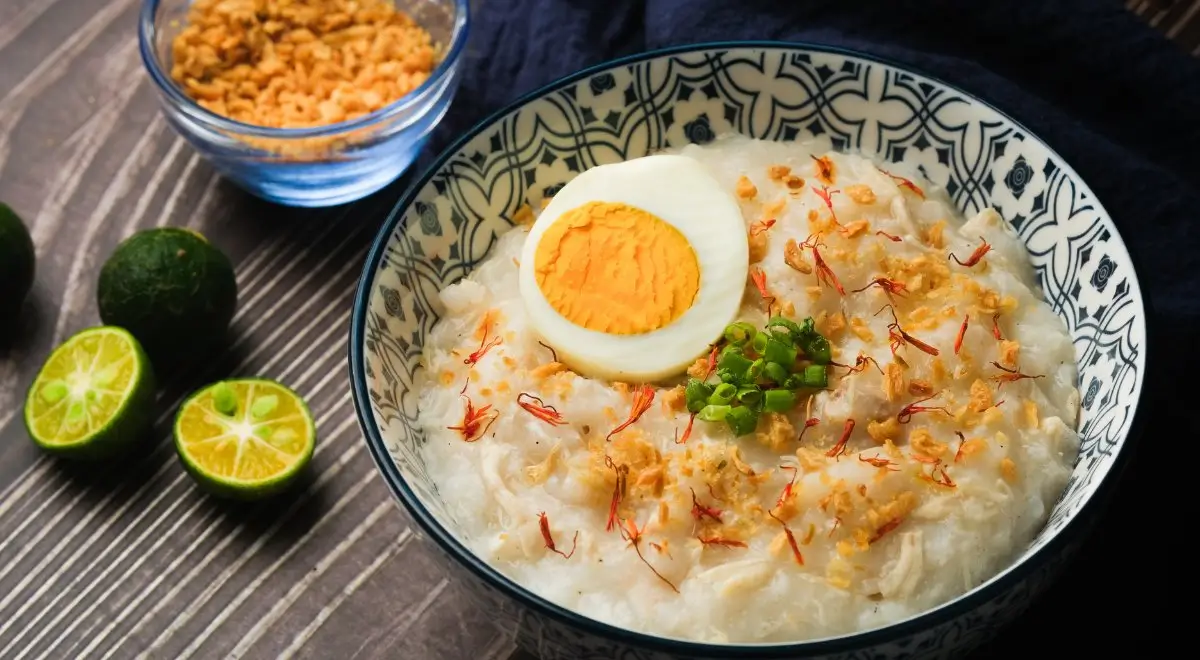Looking for a cozy, comforting dish that’s both easy to make and incredibly versatile? This rice porridge recipe is exactly what you need!
Known as congee in many Asian cuisines, rice porridge is the ultimate bowl of comfort—perfect for breakfast, lunch, or dinner. Whether you’re making a vegan version or adding your favorite toppings, this recipe adapts to every taste and occasion.
What makes this rice porridge recipe so special?
It’s simple to prepare, requires minimal ingredients, and can be customized endlessly. Plus, you don’t need any fancy equipment—just a pot, some rice, and water (or stock), and you’re ready to create a dish that’s as nourishing as it is delicious.
Ready to dive into the step-by-step guide to making the perfect rice porridge recipe?
Let’s get started!
The Best Rice for Your Rice Porridge Recipe!
Choosing the right type of rice is the foundation of making a silky and satisfying bowl of rice porridge. Not all rice is created equal when it comes to congee, and understanding the options will help you achieve the perfect texture every time.
1. Short-Grain vs. Long-Grain Rice
2. Can I Use Brown Rice?
Yes, you can use brown rice, but keep in mind that it has a firmer texture and takes longer to cook. To make it softer, consider soaking it for at least 2 hours before cooking. Brown rice porridge is a fantastic choice if you’re looking for a healthier, fiber-rich alternative.
3. Mixing Rice Types for Texture
For an elevated congee experience, try mixing short-grain and long-grain rice. This blend gives you the best of both worlds—a creamy base with a slightly lighter finish.
4. Pre-Washed or Pre-Soaked Rice: Is It Necessary?
While soaking isn’t mandatory, pre-soaking rice for 30 minutes can help reduce cooking time and improve the porridge’s texture. Pre-washing the rice is recommended to remove excess starch, which might make the porridge overly sticky.
Now that you’ve chosen the perfect rice for your porridge, let’s move to the next essential step: determining the right water-to-rice ratio for cooking...
How Much Water or Stock Do You Need for a Perfect Rice Porridge Recipe?
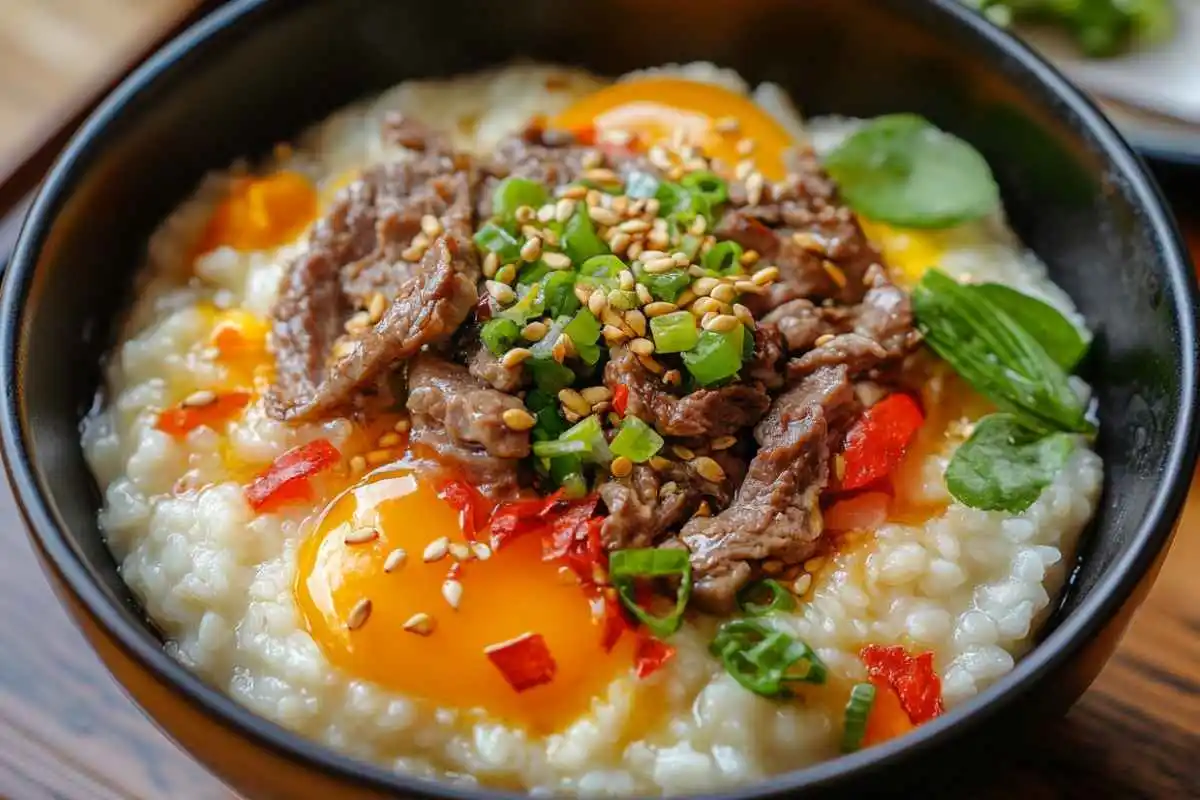
Getting the water-to-rice ratio right is the key to creating congee with the perfect consistency. Too much water, and you’ll end up with a soup; too little, and the porridge will be overly thick and clumpy. Here’s how to master the balance.
1. Basic Water-to-Rice Ratio for Congee
The general guideline for making rice porridge is:
This ratio creates a silky, smooth texture. Adjust the liquid based on your preference:
2. Stock vs. Water: Which Is Better?
3. Tips for Achieving the Right Consistency
4. Can I Use a Rice Cooker or Instant Pot?
Absolutely! Here’s how:
Now that you’ve nailed the water-to-rice ratio, let’s explore the step-by-step process of cooking the perfect congee. Ready?
How to Make Easy Congee at Home
Making congee at home is a straightforward process that requires just a few simple steps. Whether you’re cooking on the stovetop, using a slow cooker, or trying out the Instant Pot, this guide will help you create a silky, comforting bowl of rice porridge every time.
Stovetop Method
- 1Prepare the Rice
Wash 1 cup of rice thoroughly under cold water to remove excess starch. This ensures the porridge doesn’t turn too sticky or gummy.(Optional) Soak the rice for 30 minutes to reduce cooking time and enhance the texture. - 2Bring to a Boil
In a large pot, combine the rice with 8-10 cups of water or stock.Bring the mixture to a boil over high heat. - 3Simmer and Stir
Once boiling, reduce the heat to low and let the rice simmer.Stir occasionally to prevent the rice from sticking to the bottom of the pot. This also helps break down the rice for a smoother consistency. - 4Cook Until Desired Texture is Reached
For a creamy porridge, cook for about 45-60 minutes, stirring occasionally.Add more water or stock during cooking if the porridge becomes too thick. - 5Season to Taste
Add salt, soy sauce, or your favorite seasonings at the end of cooking for a savory version.
Slow Cooker Method
- 1Combine the washed rice and 8-10 cups of water or stock in your slow cooker.
- 2Let the congee simmer gently on low heat for about 6 to 8 hours, or if you’re short on time, cook it on high for approximately 4 to 5 hours.
- 3Stir occasionally if possible, especially during the last hour of cooking, to ensure even consistency.
Instant Pot Method
- 1Add 1 cup of washed rice and 6 cups of water or stock to the Instant Pot.
- 2Seal the lid and set the pressure to high. Cook for 20-25 minutes.
- 3Once cooking is complete, let the pressure release naturally for about 10 minutes. After that, carefully turn the valve to release any leftover steam.
- 4Stir the porridge well and add additional liquid if needed to adjust the consistency.
Customize Your Congee
Now that you know how to make congee, let’s answer a common question: should you soak the rice before cooking?
Do I Need to Soak the Rice?
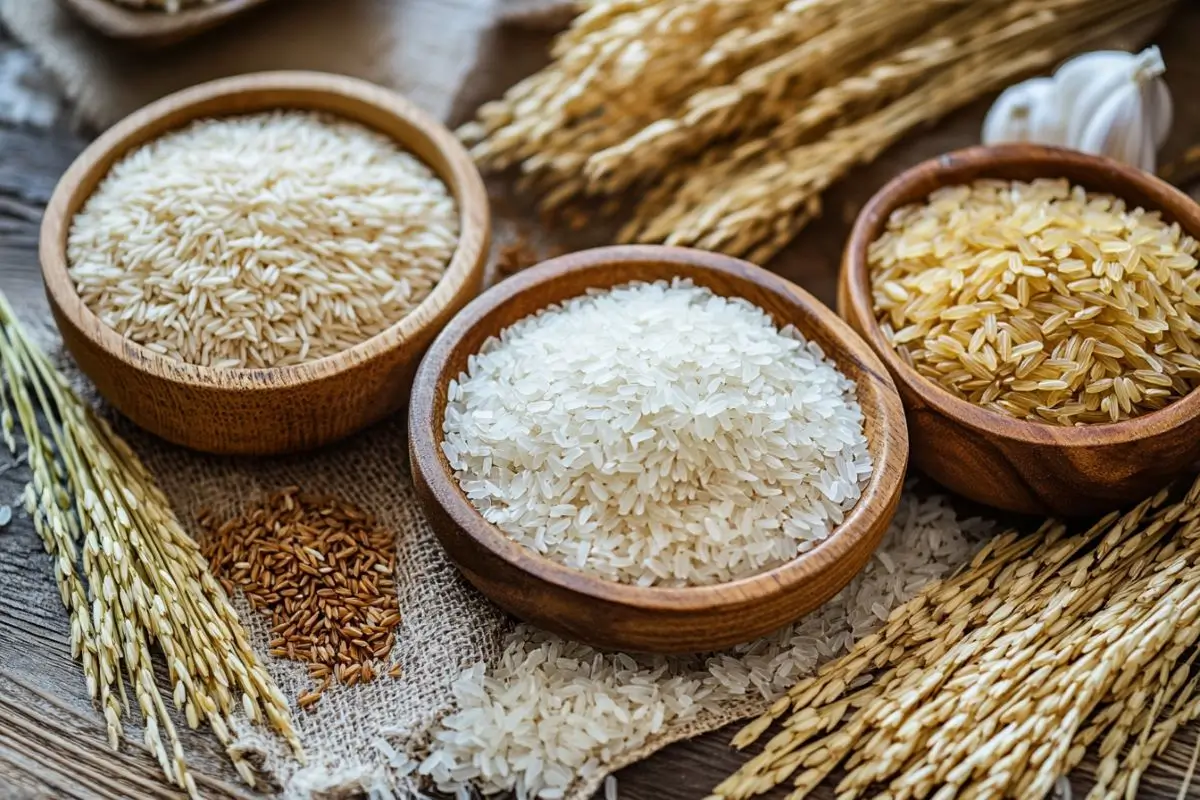
The short answer: soaking rice is optional but highly beneficial, depending on the type of rice you’re using and the cooking method. Let’s break it down:
Why Soaking Can Be Helpful
- 1Shortens Cooking Time : Soaking rice for 20-30 minutes softens the grains, reducing the overall cooking time significantly. This is especially useful if you’re making congee on the stovetop or with brown rice, which has a firmer texture.
- 2Creates a Creamier Texture : Pre-soaked rice releases starch more quickly, resulting in a smoother, silkier porridge that’s extra comforting.
- 3Enhances Digestibility : Soaking rice can help break down some of the starch, making it easier on the stomach—perfect for when you’re under the weather or serving it to kids.
When You Can Skip Soaking
- 1Using Short-Grain Rice : Short-grain rice already cooks relatively quickly and releases starch easily, so soaking isn’t always necessary.
- 2Cooking with an Instant Pot : Since the Instant Pot cooks under high pressure, soaking isn’t required, as it softens the rice during cooking
How to Soak Rice for Congee
- 1Thoroughly rinse the rice under cool running water to wash away any excess starch, which helps prevent clumping.
- 2Pour the rice into a bowl and add enough water to fully immerse the grains, ensuring they are evenly soaked.
- 3Let it soak for 20-30 minutes, then drain before cooking.
By now, you’re armed with everything you need to decide whether to soak your rice for the perfect porridge.
Frozen Rice Congee: The Ultimate Shortcut
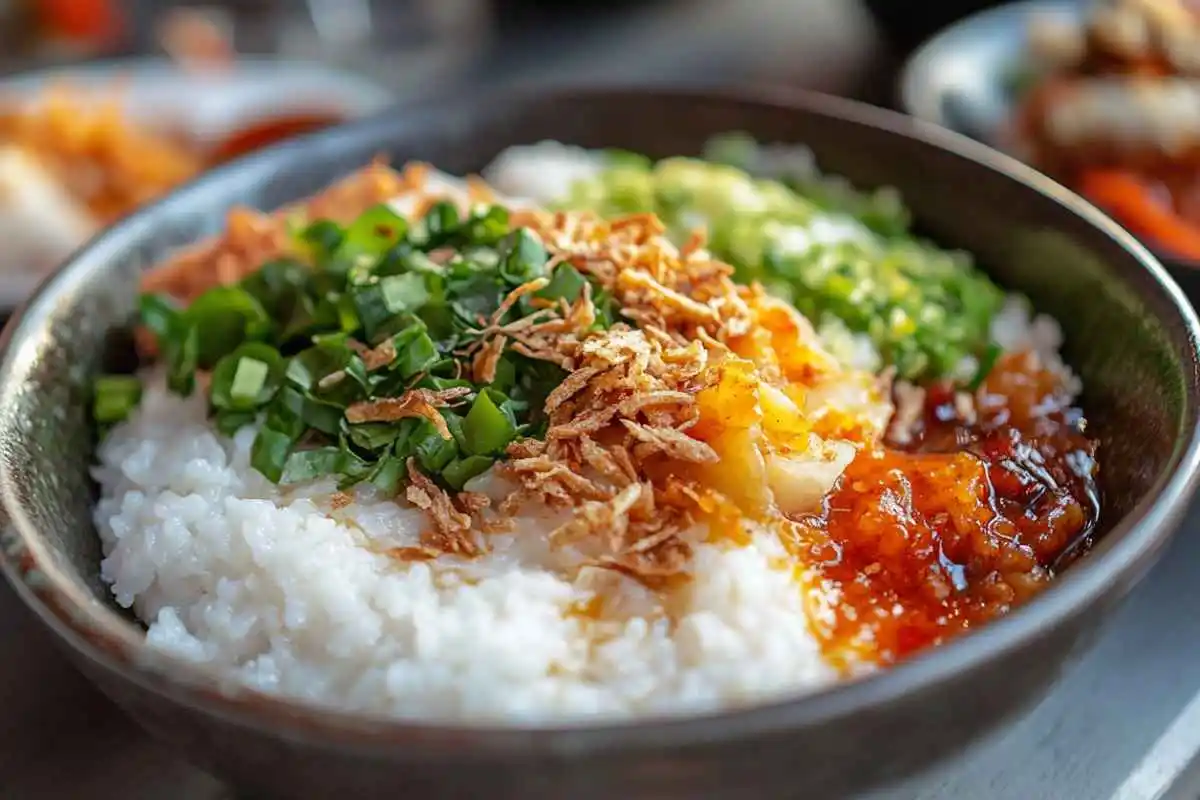
Did you know that frozen rice can be a game-changer when making congee? It’s a quick and easy way to whip up a bowl of silky rice porridge without spending hours over the stove. Let’s explore how to make and use frozen rice for this comforting dish.
Why Use Frozen Rice for Congee?
- 1Saves Time : Frozen rice cooks much faster than uncooked rice, allowing you to prepare congee in under 20 minutes.
- 2Perfect for Meal Prep : You can cook a large batch of plain rice, freeze it, and have it ready whenever you’re craving porridge.
- 3Consistency Made Easy : The freezing process slightly breaks down the rice’s structure, making it easier to achieve that creamy, smooth texture.
How to Prepare Frozen Rice for Congee
- 1Cook and Freeze the Rice : Prepare plain white or brown rice as you normally would (short-grain rice works best).Let the rice cool completely before portioning it into freezer-safe bags or containers. Flatten the bags for easier storage.Thaw or Use
- 2Directly : You can use the rice straight from the freezer—no need to thaw. Simply add it to boiling water or stock and let it simmer.
- 3Cooking Frozen Rice into Congee : Combine 1 cup of frozen rice with 5-6 cups of water or stock in a pot. Bring to a boil, then reduce the heat and let it simmer for 10-15 minutes. Stir occasionally to break down the rice and achieve the desired consistency.
Pro Tip: Flavor While Cooking
Add aromatics like garlic, ginger, or scallions to the water or stock while simmering the frozen rice. This infuses the congee with extra flavor, making it even more delicious.
Frozen rice congee is the ultimate shortcut for busy days or lazy weekends.
Top Tips You Need to Know for Perfect Congee

Making congee might seem simple, but these tips will take your rice porridge game to the next level.
Whether you’re aiming for silky smoothness, adding toppings, or getting the seasoning just right, these pro tips will make a big difference.
1. Start with the Right Rice-to-Water Ratio
2. Stir Occasionally, But Not Constantly
3. Cook Low and Slow for the Best Results
4. Use Stock Instead of Water for Added Flavor
5. Season at the End
6. Experiment with Texture
7. Be Creative with Toppings
Savory: Soft-boiled eggs, shredded chicken, sautéed mushrooms, or scallions.
Sweet: Coconut milk, honey, fresh fruit, or toasted nuts.
8. Make It in Bulk and Store Smartly
9. Adjust Consistency When Reheating
These tips will help you create restaurant-quality congee every time.
Rice Porridge Recipe Variations: How to Customize Your Congee Like a Pro
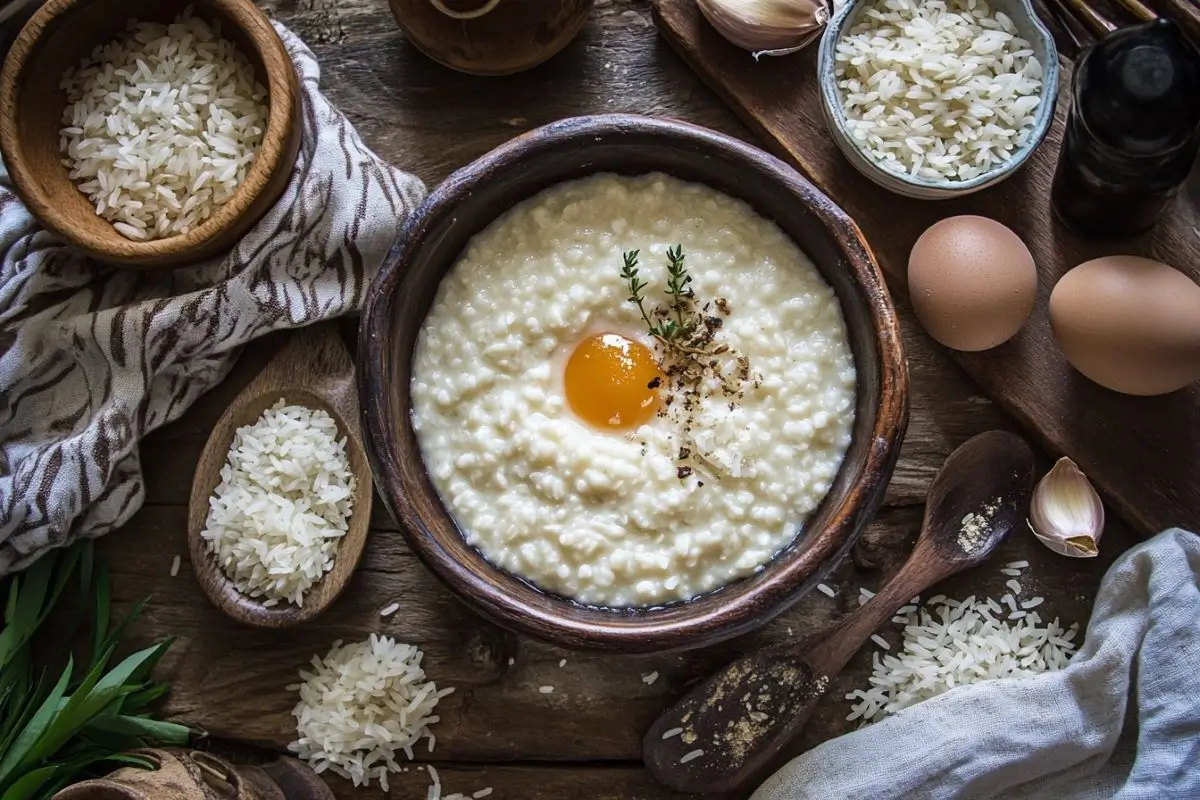
What makes congee so special is its incredible adaptability—you can customize it to suit different tastes and dietary needs.With a few tweaks, you can transform the basic rice porridge into a dish tailored to your taste preferences, dietary needs, or mood. Here are some creative variations to inspire your next bowl of comfort.
1. Savory Congee Variations
Add shredded chicken breast or thighs for a hearty, protein-packed version. Simmer the chicken with the rice, then shred and mix it back in before serving.
Top with scallions, soy sauce, and a dash of sesame oil for extra flavor.
Sauté diced mushrooms, carrots, and zucchini, then mix them into the congee.
Stir in a splash of soy sauce or tamari for umami depth.
Add shrimp, crab meat, or fish fillets during the last 10-15 minutes of cooking.
Finish with fresh ginger and a drizzle of chili oil for a bold kick.
Simmer the congee with whole garlic cloves, ginger slices, and a handful of fresh herbs like cilantro or parsley.
Remove the aromatics before serving for a subtly fragrant dish.
2. Sweet Congee Variations
Replace half the water with coconut milk for a creamy, tropical twist.
Top with fresh mango slices, shredded coconut, and a drizzle of honey.
Cook the rice with a cinnamon stick and a handful of raisins.
Finish with a splash of almond milk and a sprinkle of brown sugar.
Stir in cooked red beans or adzuki beans for a sweet, nutty flavor.
Garnish with a touch of condensed coconut milk or maple syrup.
3. Low-Carb or Whole Grain Alternatives
Use brown rice for a nutty flavor and added fiber. It takes longer to cook but is worth the wait.
Add chopped kale or spinach for a nutritional boost.
Substitute rice with quinoa for a protein-rich alternative. The cooking process remains the same, but you’ll need less water (1:4 ratio).
4. Spice It Up
5. Fusion-Inspired Congee
Stir in a handful of grated Parmesan cheese and top with roasted cherry tomatoes and fresh basil.
Mix in black beans, corn, and salsa. Finish with a dollop of guacamole and lime juice.
With these variations, you can enjoy congee in countless ways—whether you’re in the mood for something savory, sweet, or entirely unexpected.
How to Store and Reheat Leftover Congee
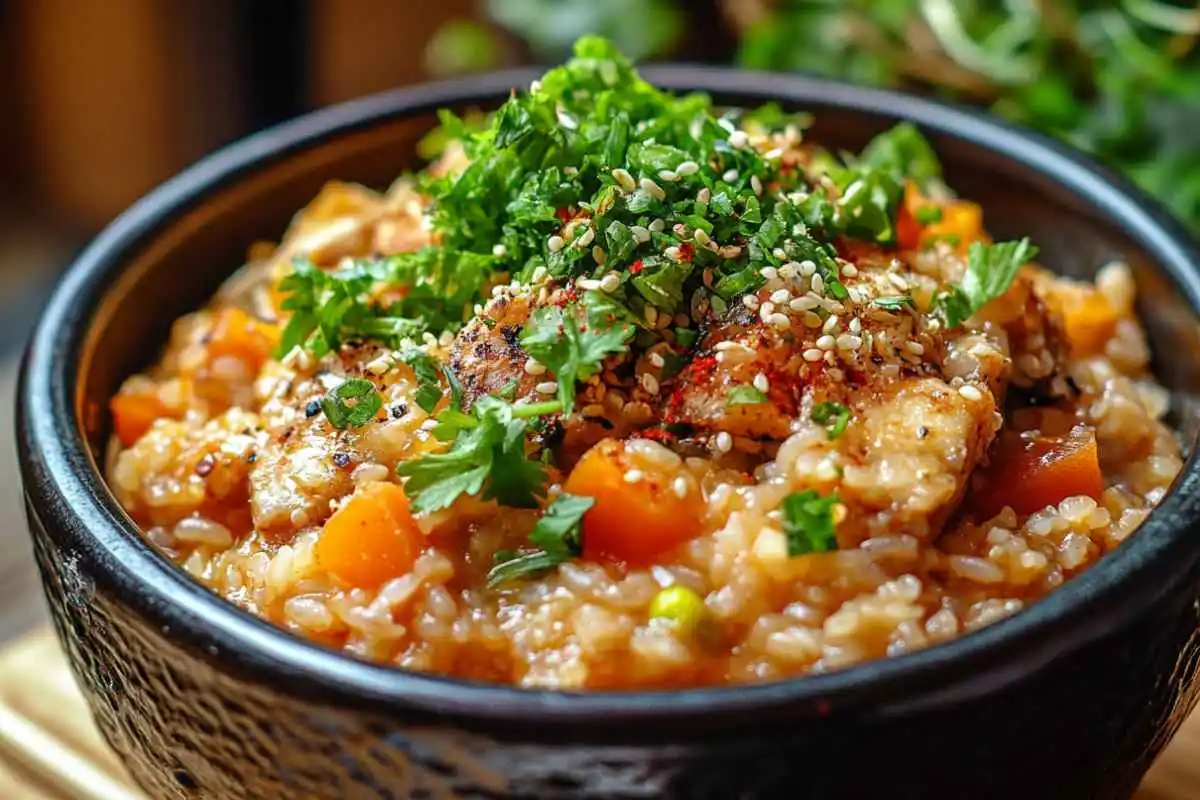
One of the beauties of congee is how well it stores and reheats. Whether you’ve made a big batch to meal prep or you simply have leftovers, proper storage and reheating will ensure your rice porridge stays just as comforting and delicious.
Storing Leftover Congee
Before refrigerating, let the congee cool completely to room temperature to maintain its best quality and texture.Store any leftover congee in a sealed container and keep it in the fridge, where it will stay fresh for up to four days.
For longer storage, place the cooled congee into freezer-safe containers or portion it into zip-top bags.
Flatten the bags to save space and freeze for up to 3 months.
Pro Tip : Freeze individual portions for convenient reheating.
Reheating Leftover Congee
Transfer the congee to a pot and add a splash of water, stock, or milk to loosen the texture.
Heat over medium-low, stirring occasionally to ensure it doesn’t stick to the bottom.
If the congee thickens too much, simply stir in extra broth or water until you reach your desired texture.
Place a portion of congee in a microwave-safe bowl.
Add a small amount of liquid to refresh the porridge.
Cover loosely with a microwave-safe lid to prevent splattering.
Heat in 1-minute intervals, stirring between intervals until warmed through.
Avoid Overcooking: Reheat gently to prevent the congee from becoming overly thick or mushy.
Refresh Flavor: Add fresh toppings, herbs, or a drizzle of soy sauce to brighten the flavors after reheating.
Thicken or Thin as Needed: If the congee feels too watery after reheating, simmer it for a few extra minutes to thicken.
Pro Tips for Storing and Reheating
Avoid Overcooking: Reheat gently to prevent the congee from becoming overly thick or mushy.
Refresh Flavor: Add fresh toppings, herbs, or a drizzle of soy sauce to brighten the flavors after reheating.
Thicken or Thin as Needed: If the congee feels too watery after reheating, simmer it for a few extra minutes to thicken.
With these simple steps, your leftover congee will taste just as good as when it was freshly made!
Conclusion
There you have it—the ultimate guide to making a warm, comforting bowl of rice porridge (congee) at home.
From selecting the best rice to mastering the perfect water-to-rice ratio, you now have all the tips and tricks to create a dish that’s versatile, delicious, and tailored to your preferences.
Whether you’re savoring it as a simple, vegan-friendly breakfast or transforming it into a hearty, savory meal with creative toppings, rice porridge is the perfect canvas for culinary exploration.
Plus, with its easy storage and reheating options, congee fits seamlessly into busy lifestyles, offering both convenience and comfort.
So, what are you waiting for?
Grab your ingredients, fire up the stove (or slow cooker), and treat yourself to a bowl of homemade congee that’s bound to become a family favorite.
Don’t forget to experiment with the variations and share your unique creations—you never know who you might inspire!
Recipe FAQs
Short-grain rice is ideal for congee as it releases more starch during cooking, resulting in a creamier texture. However, long-grain rice, like jasmine, can also be used for a lighter and more broth-like consistency. Brown rice is another option if you’re looking for a healthier alternative, though it requires a longer cooking time.
Soaking is optional but recommended for a creamier texture and shorter cooking time, especially if you’re using brown rice. Soaking for 20-30 minutes softens the grains and helps them cook more evenly.
Absolutely! Congee can be made in a slow cooker, Instant Pot, or rice cooker. Each method simplifies the process and delivers great results. For example, a slow cooker is perfect for hands-off cooking, while an Instant Pot speeds up the process significantly.
Congee is naturally gluten-free if you use water or gluten-free broth and ensure any added seasonings, like soy sauce or tamari, are also gluten-free. Always double-check ingredient labels to avoid hidden sources of gluten.
Yes, congee freezes beautifully! Let it cool completely before storing in freezer-safe containers or zip-top bags. It can be frozen for up to 3 months. When reheating, add a splash of water or broth to restore its creamy consistency.

